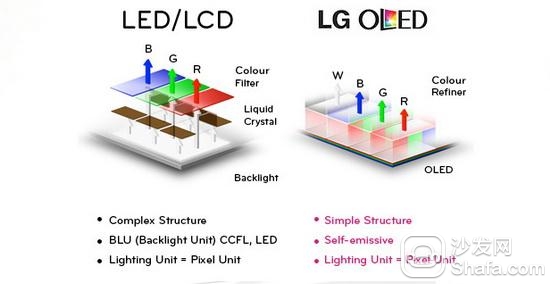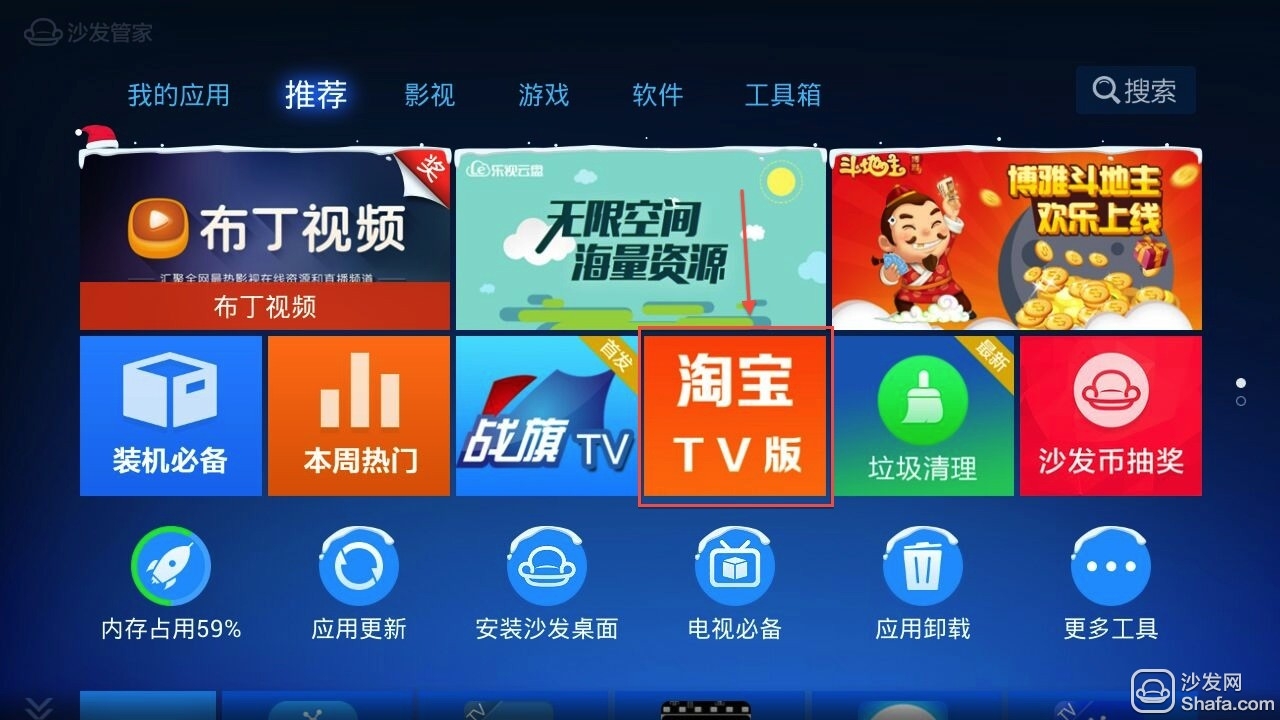Whether mobile phones, tablets, computers, or televisions, the screen portion is one of the most important components, providing the most intuitive visual experience. The important factor related to the display effect is the screen type. Currently, the screens in the market are mainly classified into two types: LCD (LED) and OLED. Although the letters are almost the same, they are essentially different from each other. What are the differences between technical parameters and actual results? Interested friends may wish to take a look at the following content.
What is the difference between OLED and LCD?
 First of all, the meaning of the LCD screen is actually very wide, namely the liquid crystal display, and the LED-backlit LCD screen actually uses the side LED diode as the backlight source instead of the traditional CCFL fluorescent backlight, so accurately, the so-called "LED screen" In fact, only TFT LCD screens with LED backlights are used.
First of all, the meaning of the LCD screen is actually very wide, namely the liquid crystal display, and the LED-backlit LCD screen actually uses the side LED diode as the backlight source instead of the traditional CCFL fluorescent backlight, so accurately, the so-called "LED screen" In fact, only TFT LCD screens with LED backlights are used.
OLED is a completely different concept. In simple terms, its material is a thin and transparent semiconductor, indium tin oxide (ITO), with a cathode and anode connection. Its main feature is its ability to self-illuminate, unlike the LCD screen. Need a backlight.
 Since the three primary colors of RGB are generated and the light emitting modes are different, the display effect and characteristics of the LCD (LED) and the OLED are also significantly different. From the technical point of view, OLED is even better, including ultra-thin characteristics, low responsivity, higher luminous efficiency (energy-saving), bendable characteristics, better contrast and black level, etc., which is the underlying technology of LCD (LED) Unmatched. Of course, the drawbacks of OLEDs are size limitations and high cost, so even if the display effect is outstanding, products such as flat-panel TVs on large-screen devices cannot be as popular as LCDs (LEDs).
Since the three primary colors of RGB are generated and the light emitting modes are different, the display effect and characteristics of the LCD (LED) and the OLED are also significantly different. From the technical point of view, OLED is even better, including ultra-thin characteristics, low responsivity, higher luminous efficiency (energy-saving), bendable characteristics, better contrast and black level, etc., which is the underlying technology of LCD (LED) Unmatched. Of course, the drawbacks of OLEDs are size limitations and high cost, so even if the display effect is outstanding, products such as flat-panel TVs on large-screen devices cannot be as popular as LCDs (LEDs).
future development
 At least for now, we still can't say with certainty which display technology is more promising. LCD screens have made great strides through IPS and quantum dot technology. In particular, quantum dot technology using nanomaterials as a light source makes the display effect of LCD screens close to that of OLEDs, at a lower cost, and at the same time, the lifetime of the images is much longer. For a long time, it was widely favored by major TV manufacturers.
At least for now, we still can't say with certainty which display technology is more promising. LCD screens have made great strides through IPS and quantum dot technology. In particular, quantum dot technology using nanomaterials as a light source makes the display effect of LCD screens close to that of OLEDs, at a lower cost, and at the same time, the lifetime of the images is much longer. For a long time, it was widely favored by major TV manufacturers.
As for OLEDs, although only a few manufacturers such as LG continue to focus on their development, the display effect is still the best. At the same time, as technology continues to mature, lifespan, size, and resolution have improved. The only problem is cost, and it takes more time to be accepted by the consumer market.
What is certain is that LCD and OLED screens will coexist in the market for a long time and they have their own advantages. Intense competition is expected to allow consumers to obtain better display results at lower prices for TVs, computers, The influence of the display and other fields are positive.
What is the difference between OLED and LCD?

OLED is a completely different concept. In simple terms, its material is a thin and transparent semiconductor, indium tin oxide (ITO), with a cathode and anode connection. Its main feature is its ability to self-illuminate, unlike the LCD screen. Need a backlight.

future development

As for OLEDs, although only a few manufacturers such as LG continue to focus on their development, the display effect is still the best. At the same time, as technology continues to mature, lifespan, size, and resolution have improved. The only problem is cost, and it takes more time to be accepted by the consumer market.
What is certain is that LCD and OLED screens will coexist in the market for a long time and they have their own advantages. Intense competition is expected to allow consumers to obtain better display results at lower prices for TVs, computers, The influence of the display and other fields are positive.
Recommended installation sofa butler, download address: http://app.shafa.com/
